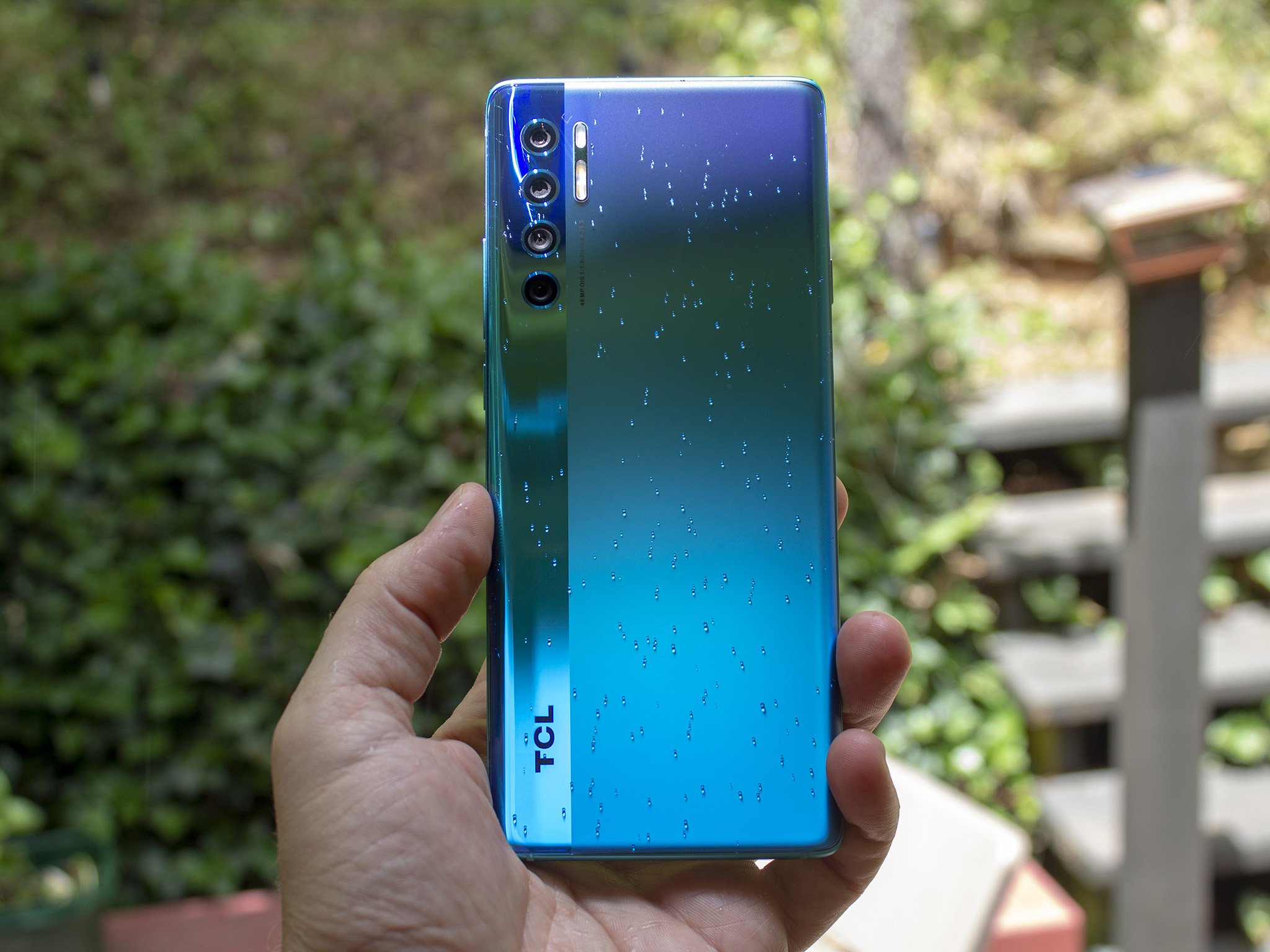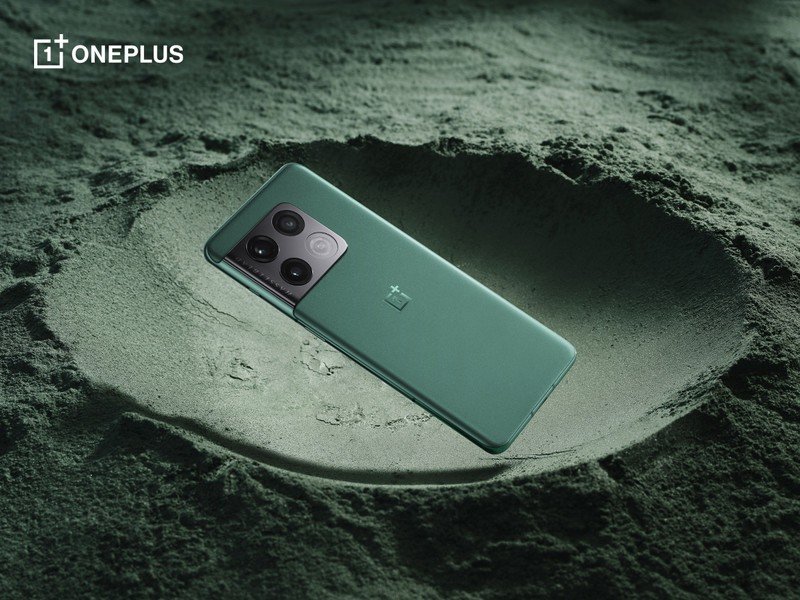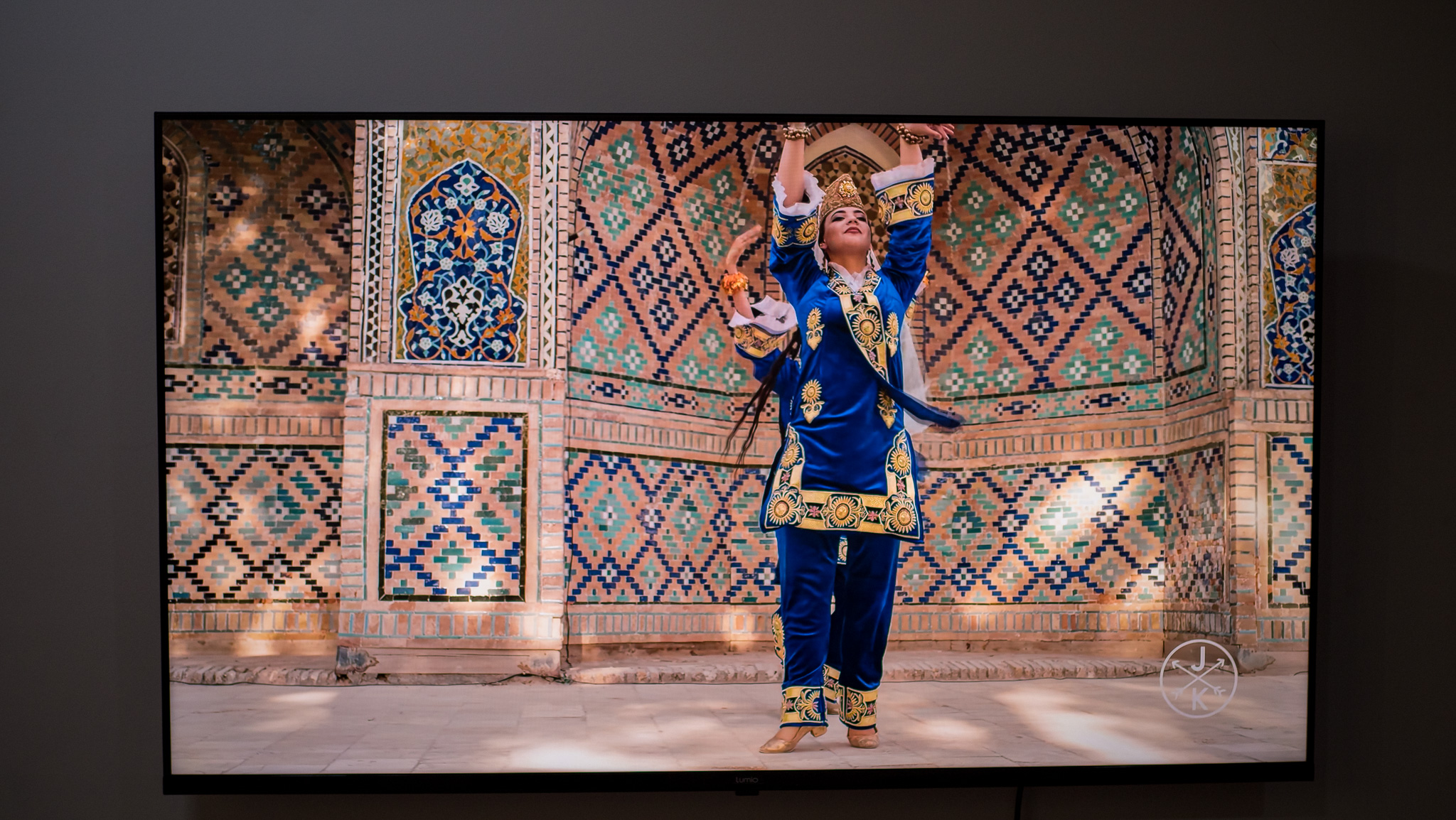Smaller Android brands like TCL have one US path to success left: Go cheap

TCL kept to the status quo when it announced two budget 5G carrier phones — the TCL 30 XE 5G and TCL 30 V 5G — and six cheap Android tablets at CES 2022. Since TCL slapped its name on the Alcatel brand in 2020, it has largely stuck to the inexpensive side of Android when selling in the U.S. The problem for TCL is that the budget U.S. market for phones and tablets is only going to get more and more crowded starting this year.
You need only look at the more popular Android brands' plans for the U.S. market in 2022 to see that most are abandoning the flagship tier to Samsung, Apple, and (to a lesser extent) Google. So that means that these same brands are all suddenly jockeying against one another for the same customers, and someone is bound to come out on top — or get left behind.
If TCL wants to succeed, it'll have to take on Motorola/Lenovo, OnePlus/OPPO, Nokia/HMD Global, Amazon Fire, and any other brand pushing out as many cheap 5G phones and tablets as possible. That's not exactly an easy task, but the TCL 30 lineup could be a step in the right direction.
The brands racing towards the bottom

OnePlus
You might not think to include OnePlus among this list, given its success pushing great flagships and near-flagship phones like the OnePlus 9 and 8T. And the OnePlus 10 Pro looks very promising. But the Europe-only OnePlus Nord 2, China/India-only OnePlus 9RT, and the apparently-AWOL OnePlus 10 all mark a trend where the brand has essentially abandoned the mid-to-upper-range in the United States.
OnePlus is focused on "regurgitated entry-level OPPO phones" in the U.S.
In his breakdown of lesser-known Android brands' 2022 plans, our Asia Editor Harish Jonnalagadda described how its parent company OPPO will use the OnePlus Nord brand to push out "regurgitated entry-level OPPO phones." Success in the entry-level and budget phone categories led OnePlus to sell 10 million phones in 2021, not its flagships — which is why OPPO has doubled down on economical, reliable U.S. phones.
You'll also see a OnePlus tablet arrive in 2022, the first for this brand.
Be an expert in 5 minutes
Get the latest news from Android Central, your trusted companion in the world of Android
Nokia

Like TCL, HMD Global used CES 2022 to announce several ultra-cheap carrier phones, including the $239 Nokia G400 with a 6.6-inch FHD+ display and a 120Hz refresh rate, 48MP camera, 5,000mAh battery, 6GB of RAM, 128GB of storage, and 5G support. It could easily number among the best Android phones under $300.
HMD-made Nokia phones always offered affordable prices, clean, near-stock Android software, and faster updates than any other OEM besides Google itself, with mid-range flagships like the Nokia 9 Pureview and Nokia 8.3 5G topping their lineups. But starting in 2021, HMD pivoted, primarily offering sub-$300 phones and no real flagship besides the rugged Nokia XR20. So far, it looks like 2022 will be more of the same.
It's not hard to guess why. HMD struggled to update Nokia phones in 2021, at a time when Samsung began offering three guaranteed OS upgrades and hit its stride for speedy updates across the board. By driving down the cost of its phones, it can instead compete against brands like Motorola and TCL with poorer track records for updates. "Cheap, long-lasting phones" isn't a bad modus operandi.
HMD also released its first tablet, the $250 Nokia T20, late last year.
Motorola

Waiting at the bottom for these other brands is Motorola, which recently became the third-largest smartphone OEM by claiming LG's market share after it shuttered. It also, arguably, succeeded due to a lack of competition in the low-cost phone space.
The Moto brand's position might be vulnerable to all this new competition. The Moto G Power (2022) is a big misstep, lacking key essentials like 5G connectivity, NFC, and fast charging — areas where the new TCL 30 V 5G wins — and uses a terribly slow Helio SoC. Its upcoming Moto G Stylus (2022) will also use a 4G Helio chip much slower than the Snapdragon 480 5G.
Motorola's shaky 2022 low-end phones could leave the door open for TCL.
Moto has much more brand recognition than TCL with Android fans searching for an affordable phone. But it does seem like its 2022 lineup could leave the door open for TCL and other OEMs to gain some ground in the budget sphere. With mid-range phones like the Motorola Edge (2021) and its upcoming RAZR foldable, it seems like Motorola has grander ambitions this year to prioritize instead.
Meanwhile, Motorola's parent company, Lenovo, is mostly known for releasing some of the best cheap Android tablets, including the recent Lenovo Tab P11 Plus priced at $260.
Why Android OEMs suddenly care about tablets

For years, the Android tablet marketplace looked like a ghost town. You had Samsung selling its premium S and budget A tablets with One UI software, Amazon with its restricted Android skin on Fire tablets, and Lenovo selling stock Android tablets — except stock phone software blown up on 10-inch screens looks awful. Google did almost nothing to optimize Android for larger screens, and once the Pixel Slate fizzled, it looked like nothing would change.
Now, we have brands like TCL releasing as many cheap tablets as possible. Why? Two reasons: COVID-19 and Android 12L.
During the Nokia T20 unveiling, HMD Global's team told me that tablet sales had grown 53% since the previous year, and that it planned to "address people's changing needs" with a cheap Android tablet. With parents and kids stuck at home, tablets offer a better browsing experience that doesn't need to be as portable, while also offering a distraction or educational tool for antsy children. No doubt other companies saw the same statistics and have scrambled to take advantage of the larger market share.
Android 12L could change the game for cheap Android tablets.
At the same time, Google began working on Android 12L, a new OS update meant to drastically improve its software on tablets and foldables. It takes much better advantage of tablets' screen space, offering multitasking tools, split-screening, an app taskbar, and more. By this spring when 12L launches, stock Android tablets won't be nearly as terrible to use.
Of course, when it comes to the best Android tablets in 2022, you're still looking at the upcoming Galaxy Tab S8 or current Galaxy Tab S7 above anything else. And it's unclear if lower-quality chipsets with less memory will handle multitasking nearly as well. But for people unwilling to spend too much on a tablet, new budget Android tablets will offer an alternative to people who don't like Fire tablets' limited app libraries or designs.
Will people leave behind Fire tablets for slightly more expensive Android tablets with better software and app selection but worse brand recognition? That's the gamble TCL and its rivals are making.
TCL's road forward in the U.S.

Samsung and Apple made up almost 80% of the total U.S. smartphone market share in late 2021, up from 70% from 2020. Internationally, Apple doesn't figure nearly as much into the equation, so Android OEMs feel more confident throwing their hats in the ring. But you need a bold American strategy to make a dent in that remaining one-fifth of sales, which is why many of them don't bother.
Up until now, brands like TCL (5% market share) and Motorola (8%) dodged direct competition with the Big Two by selling mid-range flagships in the $500 range, like the respectable TCL 20 Pro 5G. TCL will likely continue that trend with an upgraded TCL 30 Pro later this year. It didn't announce such a device at CES, however, it only announced the 20 Pro in April of last year, so don't take that as a sign that's it's abandoned mid-range phones completely.
But this year, it has another problem: a 30 Pro has to compete with the $599 Pixel 6. That's a tall order even for more expensive phones, let alone one priced in the same range. A 30 Pro may do well with fans of TCL phones but isn't likely to attract much interest outside of it.
TCL's path forward is to undercut Google, Samsung, and Apple with inexpensive, high-quality phones. Unfortunately, we run into another problem there: the last TCL budget phones we reviewed, the TCL 20S and TCL 20 SE, weren't very good! So we have to hope the company does better with its 30S phones this year.
Announced at CES, the carrier-exclusive TCL 30 XE 5G (T-Mobile) and TCL 30 V 5G (Verizon) will offer 5G for cheap. The 30 V with mmWave, in particular, looks like it could undercut the competition for people who want fast connectivity without a flagship price. The XE, meanwhile, has a 90Hz refresh rate and a 180Hz touch sampling rate, showing that even budget phones are getting in on the high-refresh-rate trend.
If all else fails, TCL has one strategy left: release a clamshell foldable phone that undercuts the Z Flip 3 and Motorola Razr in price. It cancelled its foldable, codenamed Chicago, because it would have been too expensive for its target audience. But it still fully intends to release one at the "right time," so evidently TCL expects to pioneer the mid-range foldable category.
For now, the TCL strategy will follow a much more basic playbook: try to strike that tricky, perfect balance between affordability and quality. Most cheap phones don't pull it off, and the OEMs that nail it could be the ones to win the low-price melee of 2022.

Michael is Android Central's resident expert on wearables and fitness. Before joining Android Central, he freelanced for years at Techradar, Wareable, Windows Central, and Digital Trends. Channeling his love of running, he established himself as an expert on fitness watches, testing and reviewing models from Garmin, Fitbit, Samsung, Apple, COROS, Polar, Amazfit, Suunto, and more.

